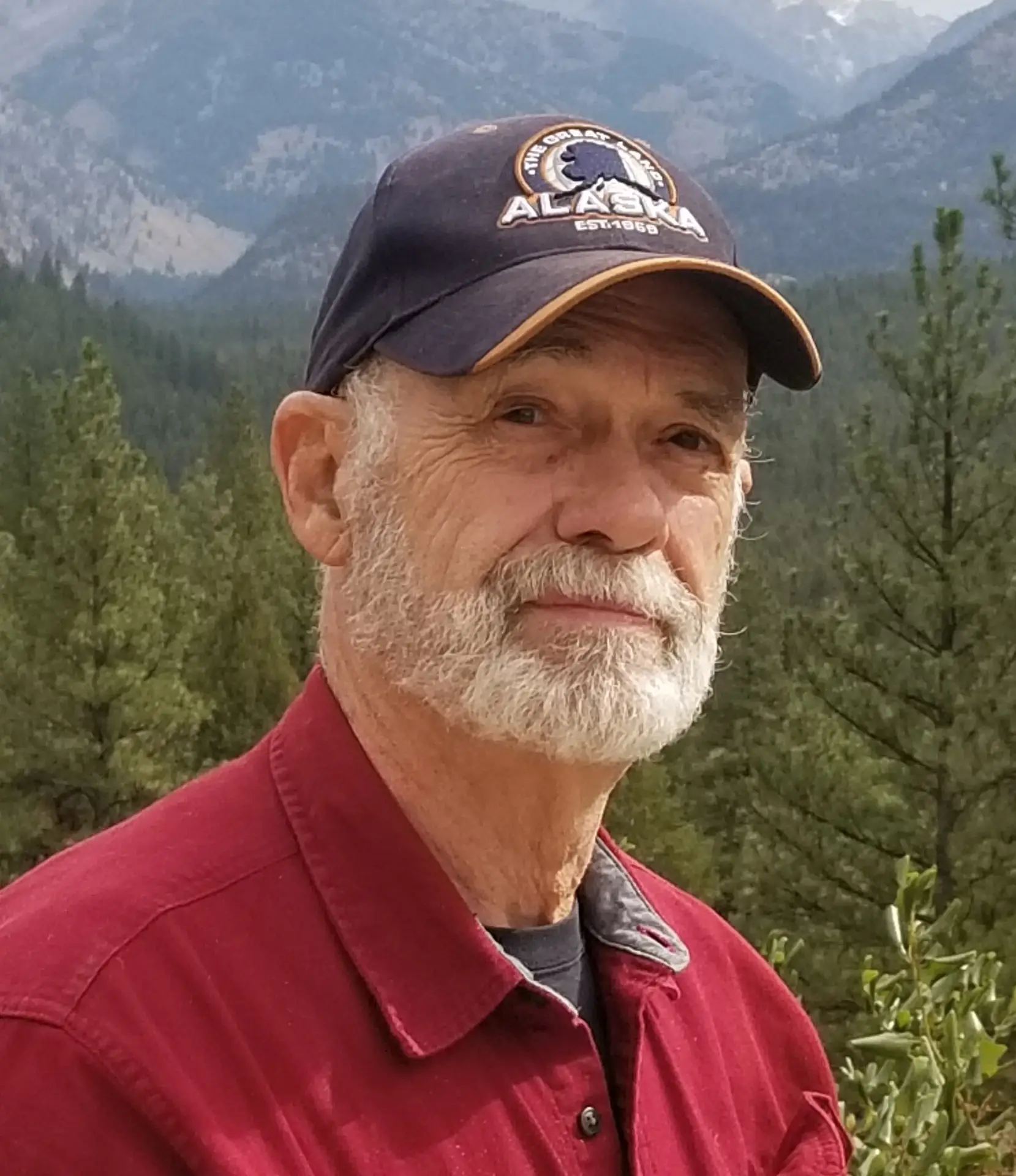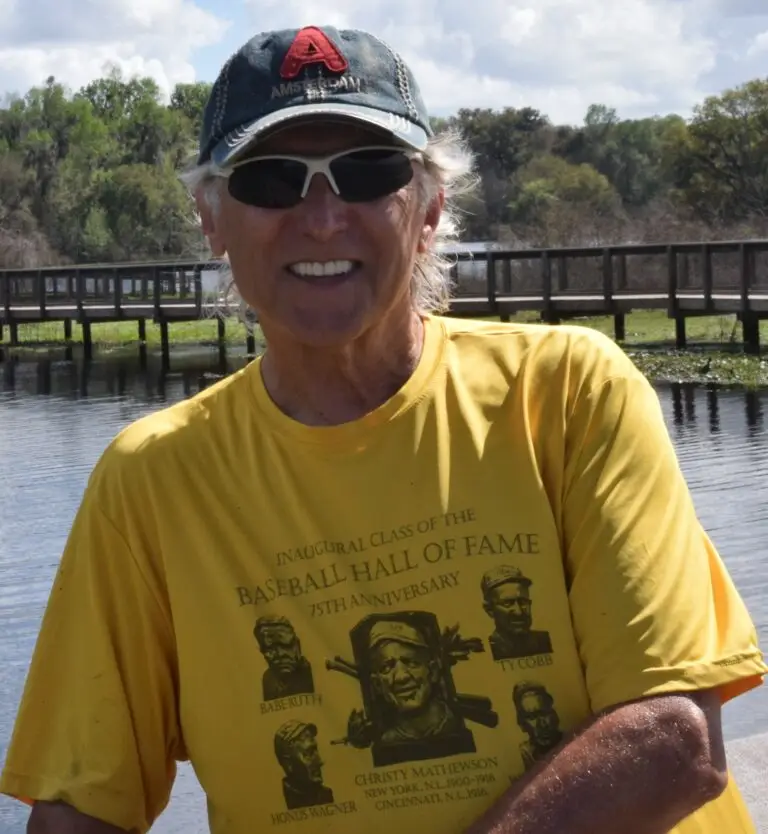CITRUS COUNTY GHOST TOWNS
Bt: John Charles Miller
CITRUS COUNTY GHOST TOWNS
GHOST TOWNS bring out an often intense curiosity in many people. Those visiting the West or watching old Western movies with their classical movie sets are entranced by them. On such trips, many will take a long, rough side trip up a dusty road to wander through a tumbleweed-covered street bordered by graying houses and stores, imagining how things might have looked, long ago, with ghosts walking through them. Some are tourist traps, others emptied of life for more than 100-125 years.
Florida also has such ghost towns to visit (Google “Florida ghost towns”). Some in Florida are complete with old “haunted” structures; others have left little behind. That is the case for the ghost towns of Citrus County.
Except for limestone or brick house foundations, or, perhaps a large marble slab remaining on the ground from the old entranceway to a house, Citrus County ghost towns have little to tell us of the past. Often found are metal scraps, rusty car or truck parts or frames, or farm equipment covered with weeds. Much was carried away to build later homes as these communities shriveled up and disappeared. Tombstones poke up through weeds in uncared-for cemeteries.
The following map taken from my historical time-travel novel, CITRUS WHITE GOLD, shows some of the towns and roads in existence in Citrus County from 1891 to 1899. Recognizable today with residual remains are some, others with nothing to show. Arlington, Bridgers, Citronelle, Fairmount, Mannfield, Mt. Lee, Oakdale, Orleans, Rosehill, Stage Pond, and Viana are some of our ghost towns.
Except for abandoned cemeteries at Bridgers, Mannfield, and an active one at Stage Pond, there is not much to see, except for the bricks and stones of the foundations, or an old concrete cattle dip that can be seen in Mannfield.
Many people call it Mansfield. That is not the correct name. It is Mannfield, named after Florida State Senator Austin Shuey Mann (1847-1914). Mann was responsible for dividing Hernando County into three new countries, Citrus, Hernando, and Pasco.
Try to find these old Citrus County towns using Google or old USGS topographic maps available in the files of the Citrus County Historical Society located in the Old Citrus Courthouse Museum in Inverness. And, if you locate them in the field, close your eyes to a squint and imagine what these small towns might have looked like those many years ago, with their inhabitants going about their daily lives.
However, more than ghost towns, there is other evidence of the daily activity of our early settlers and workers in Citrus County. Citrus and mining played a big role in the county’s development and growth. Not much remains of the Citrus production activity as most of the Citrus groves were killed off in the great back-to-back freezes of 1894-95.
Many of you have biked, roller-bladed, or walked along the Withlacoochee State Trail running from Trilby in northeastmost Pasco County, through Hernando County, and stopping at Citrus Springs in Citrus County.
In a narrow stretch of land running from southeast of Floral City to Dunnellon, on both sides of US Highway 41 and also along State Road 200, there are countless old phosphate mine pits, some with leftover remains, mainly pipes used for processing the phosphate ore. Also, along, County Road 581 (South Pleasant Grove Road) there are two phosphate-mining locations to visit within the Withlacoochee State Forest: (1) Holder Mine and (2) Mutual Mine, with their abandoned deep pits.
One particular area of interest, readily accessible, is in Hernando, Florida.
Let’s say, after breakfast at Chicken King (the best sausage biscuit and gravy), you hop on your bike or walk northwest from where the Withlacoochee State Trail crosses West Norvell Bryant Highway (County Road 486). When you reach the point where the trail crosses East Lake Lane (about 600 feet), look on the corner to your right. Here there is a large, rusty steel tank and related structures left over from the 1890s to early 1900s phosphate-ming operations. This tall tank held water used to wash impurities from the phosphate ore before being loaded on trains to be carried to the Withlacoochee River for water transport on barges to the Gulf of Mexico and ships, with most of the ore going to Germany.
Biking/walking further northwest on the trail, note the number of deep old phosphate mining pits on both sides, some with abandoned large-diameter steel pipes at their bottoms.
However, if you prefer a walk in the woods to that of riding a bicycle down the paved trail, there is another rewarding location to visit: Old Mannfield, Citrus County’s first county seat, established by Senator Mann.
From Lecanto, Florida start at the intersection of Highway 44 and South Lecanto Highway (county road 491) and drive about 5 miles south until around the second curve you come to West Nobel Street. Across 491 you can park your vehicle and with a compass start your walk due southeast on a sandy road (don’t go on the road leading north) until you come to the willow-filled former pond and abandoned town of Mannfield. Walk around, and look for signs of former habitation. The old cattle dip tank (about 30 feet long, 3 feet wide, and 7 feet deep, and used for eliminating ticks on the cattle) is readily seen, as is a pipe from an old well, sticking up. In the 1890s the pond contained water, but is now choked with willows.
If you have the time, try to locate the old Mannfield Cemetery, to the north of Mannfield (it is shown on Google Maps). In the small fenced-in plot are weathered tombstones and a newer, coarse-grained white marble monument streaked diagonally with black, the tomb of Lucinda Wilson (1824-1897). It reads: Shall ever be a Guiding Star in Heaven.
Mannfield no longer existed after 1917, when it was no longer shown on USGS maps. Mannfield, Hernando, and other Citrus County towns are featured in CITRUS WHITE GOLD.
One way to further feel this intimacy with the past is to read CITRUS WHITE GOLD, set in the late 1800s of Citrus County’s phosphate mining years. It is available on Amazon.com in both eBook and paperback versions. Follow-ups to this book are THE GATHERERS and DEEP FLORIDA. These three books use time travel to tell some of Florida’s history.




